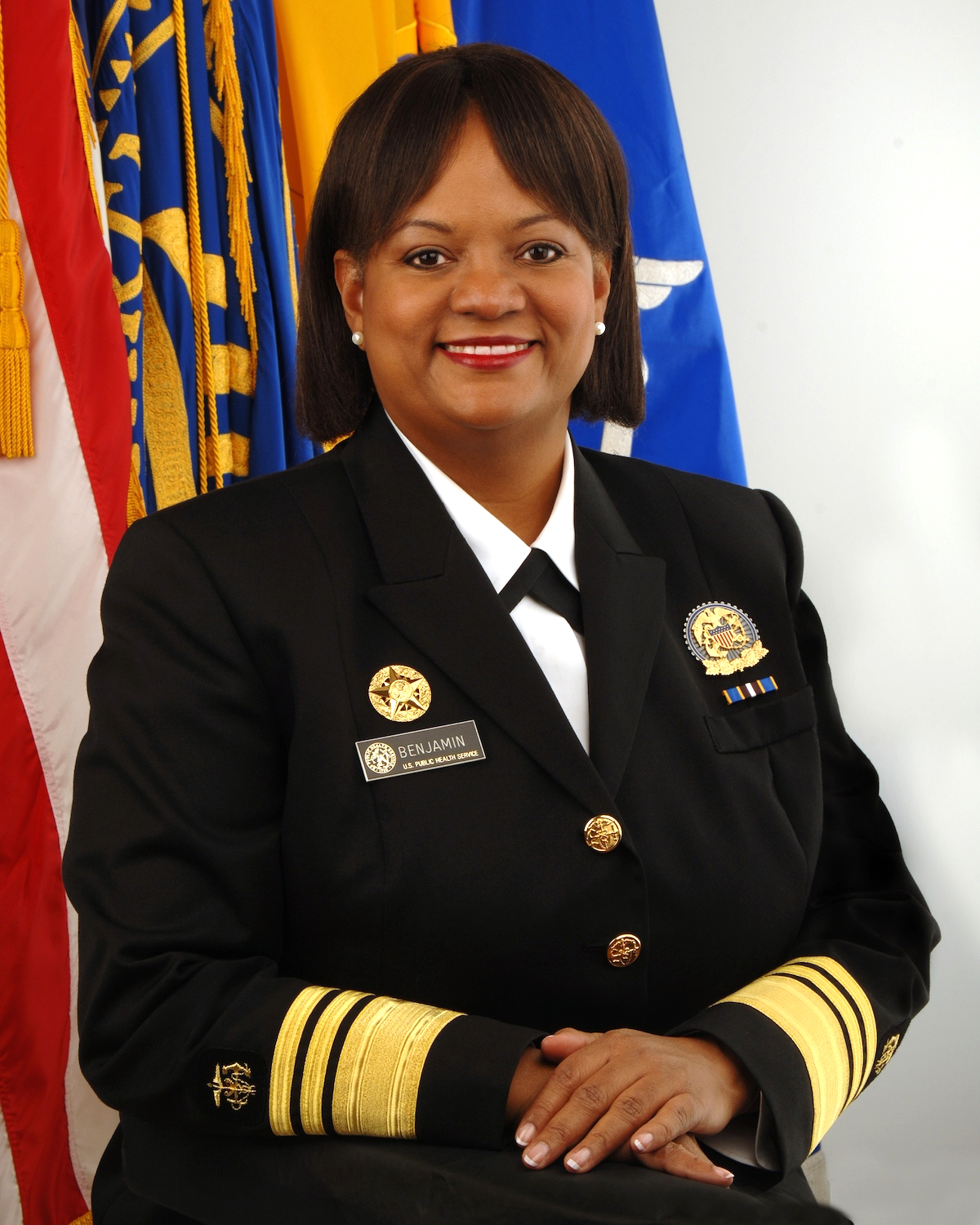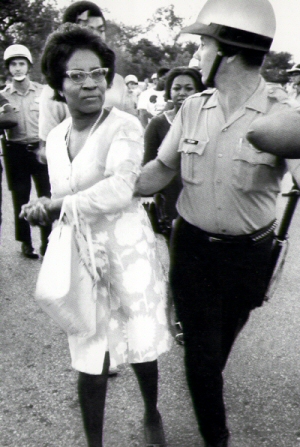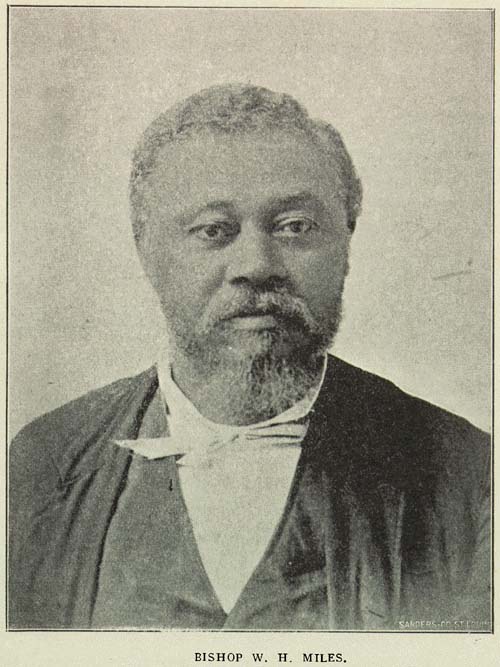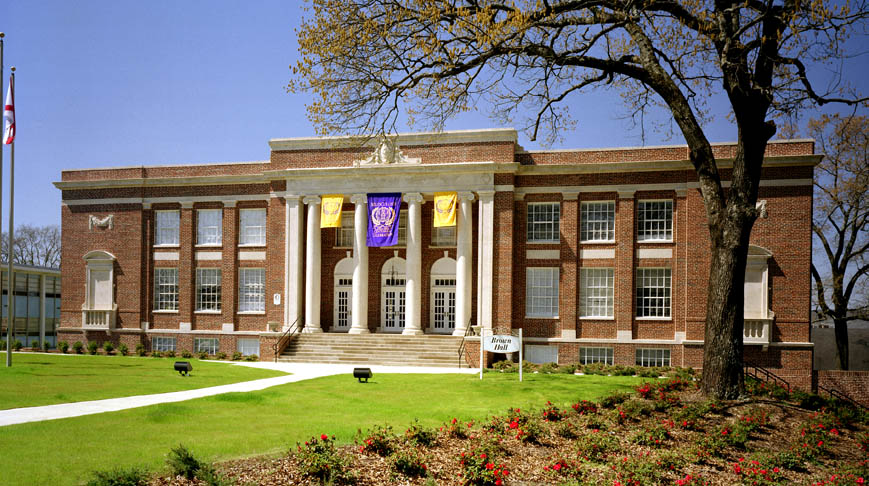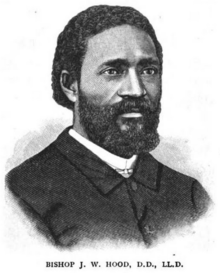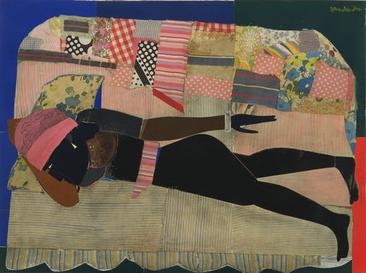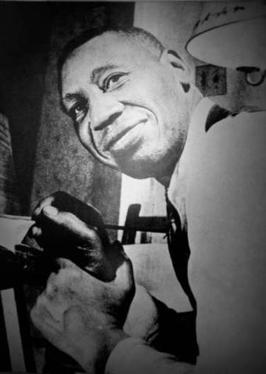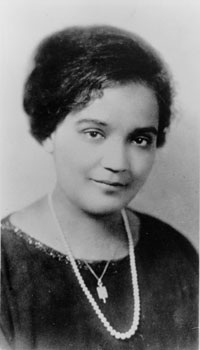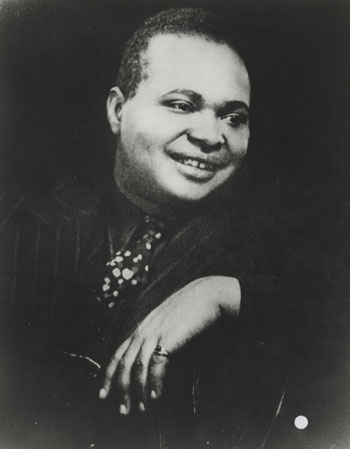Civil Rights Activists
Clara Shepard Luper was a civic leader, retired schoolteacher, and a pioneering leader in the American Civil Rights Movement. She is best known for her leadership role in the 1958 Oklahoma City sit-in movement, as she, her young son and daughter, and numerous young members of the NAACP Youth Council successfully conducted nonviolent sit-in protests of downtown drugstore lunch-counters, which overturned their policies of segregation.
The Clara Luper Corridor is a streetscape and civic beautification project from the Oklahoma Capitol area east to northeast Oklahoma City and was announced by Governor Brad Henry.
Luper continued desegregating hundreds of establishments in Oklahoma and was active on the national level during the 1960s movements.

Golden Asro Frinks was an American civil rights activist and a Southern Christian Leadership Conference (SCLC) field secretary who represented the New Bern, North Carolina SCLC chapter. He is best known as a principal civil rights organizer in North Carolina during the 1960s which landed him a reputation as "The Great Agitator", having been jailed eighty-seven times during his lifetime.
Walter Francis White was an African-American civil rights activist who led the National Association for the Advancement of Colored People (NAACP) for almost a quarter of a century, 1931-1955, after starting with the organization as an investigator in 1918. He directed a broad program of legal challenges to racial segregation and disfranchisement. He was also a journalist, novelist, and essayist. He graduated in 1916 from Atlanta University (now Clark Atlanta University), a historically black college.
In 1918 White joined the small national staff of the NAACP in New York at the invitation of James Weldon Johnson. He acted as Johnson's assistant national secretary and traveled to the South to investigate lynchings and riots. Of multiracial, majority-white ancestry, at times he "passed" as white to facilitate his investigations and protect himself in tense situations. White succeeded Johnson as the head of the NAACP, leading the organization from 1931 to 1955.
White oversaw the plans and organizational structure of the fight against public segregation. He worked with President Truman on desegregating the armed forces after the Second World War and gave him a draft for the Executive Order to implement this. Under White's leadership, the NAACP set up its Legal Defense Fund, which conducted numerous legal challenges to segregation and disfranchisement, and achieved many successes. Among these was the Supreme Court ruling in
Brown v. Board of Education (1954), which determined that segregated education was inherently unequal. White also quintupled NAACP membership to nearly 500,000.
Harry Tyson Moore was an African-American educator, a pioneer leader of the Civil Rights Movement, and founder of the first branch of the National Association for the Advancement of Colored People (NAACP) in Brevard County, Florida.
Harry T. Moore and his wife, Harriette Vyda Simms Moore, also an educator, were the victims of a bombing of their home in Mims, Florida on Christmas night 1951. He died in an ambulance on the way to a hospital in Seminole County while she died January 3, 1952 at the hospital in Sanford, Florida. Forensic work in 2005-6 resulted in the naming of the probable perpetrators as four Ku Klux Klan members, all long dead by the time of the investigation.The Moores were the first NAACP members to be murdered for civil rights activism; Moore has been called the first martyr of the early stage of the Civil Rights Movement.
In the early 1930s Moore had become state secretary for the Florida chapter of the NAACP. Through his registration activities, he greatly increased the number of members, and he worked on issues of housing and education. He investigated lynchings, filed lawsuits against voter registration barriers and white primaries, and worked for equal pay for black teachers in public schools.
Moore also led the Progressive Voters League. Following a 1944 US Supreme Court ruling against white primaries, between 1944 and 1950, he succeeded in increasing the registration of black voters in Florida to 31 percent of those eligible to vote, markedly higher than in any other Southern state. In 1946 he and his wife were fired from the public school system because of his activism; he worked full-time for the NAACP.
John Preston Davis was an American journalist, lawyer and activist intellectual, who became prominent for his work with the Joint Committee on National Recovery. He co-founded the National Negro Congress in 1935, which was affiliated with the Communist Party of America.
He founded
Our World magazine in 1946, a full-size, nationally distributed magazine edited for African-American readers. He also published the
American Negro Reference Book, covering virtually every aspect of African-American life, present and past.


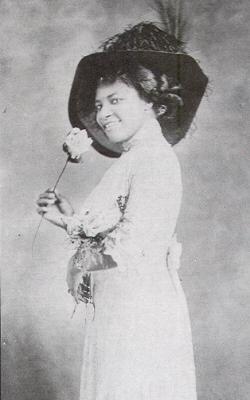






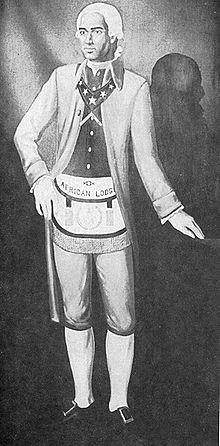


.jpg)






